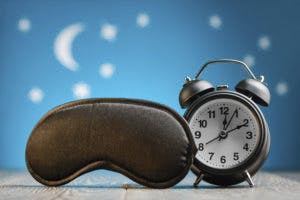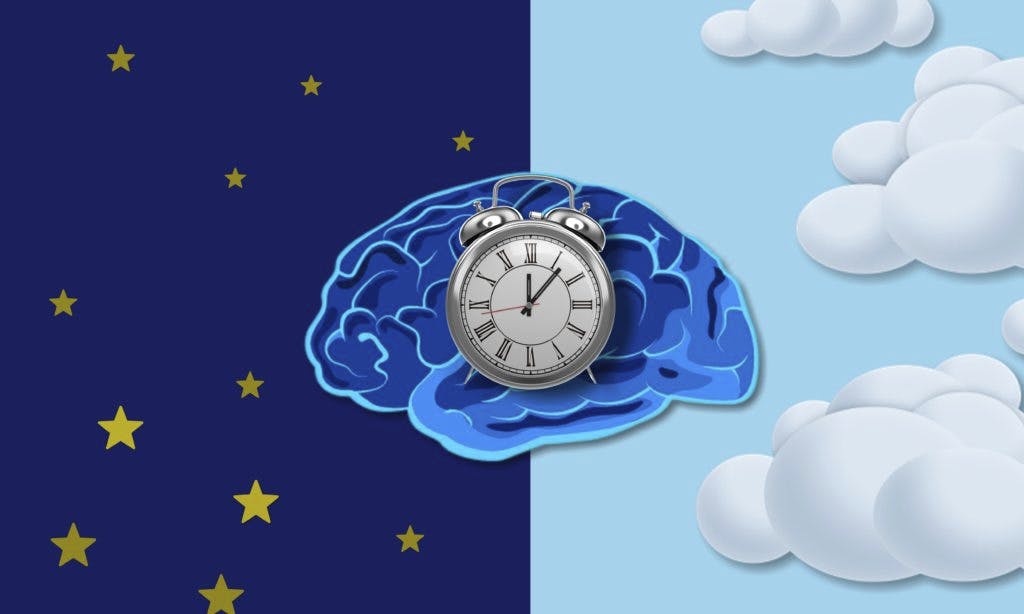
Getting a good night’s sleep is essential for physical and mental health, but do you know what happens during the different stages of sleep? Light sleep, deep sleep, and REM (Rapid Eye Movement) are three distinct phases that make up our nightly slumber. Light sleep occurs first when we drift off to dreamland and helps us transition into deeper states of rest. Deep NREM (Non-Rapid Eye Movement) sleep follows light sleep. During this stage, our bodies repair themselves while our brains consolidate memories from the day before. Finally, REM is the last phase which allows us to process information and form creative connections in our minds. Understanding how these three components work together can help ensure you get quality shut-eye each night!
Light Sleep
Light sleep is the first stage of sleep. It helps you relax and drift off into deeper sleep. Light sleep is important because it helps your body and mind rest so you can have a good night’s sleep. During this stage, your body temperature and heart rate start to drop, and you may experience short periods of dreaming. Light sleep is key to transitioning into a deeper level of sleep.
Deep Sleep
Deep NREM sleep is key to a restorative night’s slumber, allowing the body ample time to heal from any harm incurred during the day. Growth hormones are released and help improve our bodies while memory consolidation occurs in tandem – transferring important memories into permanent storage areas and removing nonessential information so that your brain remains as efficient as possible!
REM Sleep
REM sleep helps to remember things from the day before. During REM sleep, our brains make connections between memories, so we can better understand and use them. It also helps us create new ideas and come up with creative solutions. This type of sleep is important for learning, problem-solving, and creativity. During REM sleep, our eyes move rapidly in different directions as we dream, which gives this stage its name.
Conclusion
The three phases of sleep – light, deep, and REM – work together to ensure we wake up feeling refreshed each morning. Light sleep helps us transition into a deeper state of rest while providing short periods for dreaming. Deep NREM sleep is important for physical healing and memory consolidation, and finally, REM allows us to process information and form creative connections in our minds. Together these stages help us keep the body healthy both physically and mentally. If you’re having trouble sleeping through the night or feel like you’re not getting enough rest, talk to your therapist about ways to improve your pain and nightly routine to get the most out of your slumber!

